Biography
Vladimir Ivanovich Vernadsky - an outstanding scientist, academician, minologist, crystallograph, founder of biogeochemistry, geochemistry, teachings about the noosphere, philosopher and public figure.
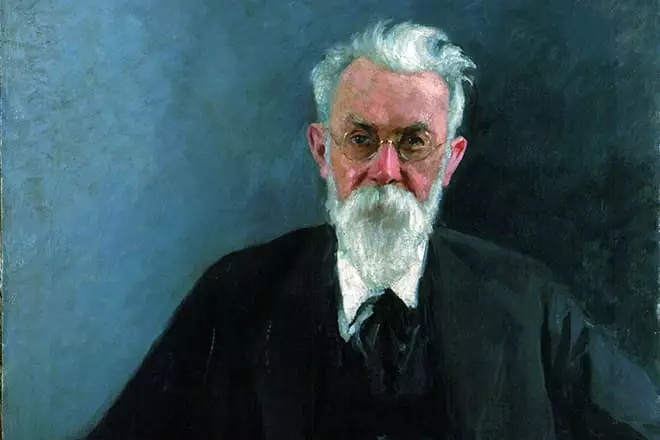
The future academician was born in 1863 in St. Petersburg, in the family of hereditary scientists. Grandfall Vladimir, Vasily Ivanovich Vernadsky, participated in the transition of Suvorov through the Alps as a military doctor, for which he was later awarded the noble title.
Vladimir's father, Ivan Vasilyevich, who taught Politheconomy at the local university, was born in the local university, and in Gymnasium - Russian Literature. After marriage to Mary, the daughter of the economist Nikolai Shigayeva, the Vernadsky father, together with the young spouse, moved to Moscow, where he read lectures on statistics and political economy.
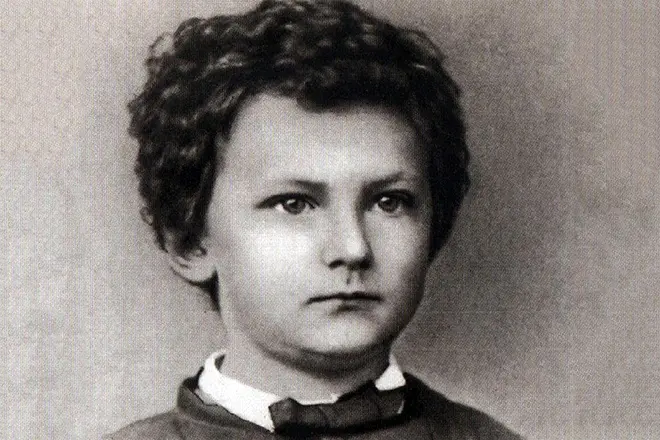
After moving to St. Petersburg, Vernadsky was born the son of Nikolai, the elder brother Vladimir. Maria Nikolaevna died suddenly ten years after the wedding, leaving the spouse of a widow with a young child in his arms. A few years later, Ivan Vasilyevich married the second time at the cousin of the late wife, Anne Petrovna Konstantinovich, who gave life to the future of the great scientist.
When Volodya was five years old, Vernadsky moved from St. Petersburg to Kharkov, who was considered one of the scientific and cultural centers of the Russian Empire. In Kharkov, Vladimir entered the local gymnasium, where he studied two years. In 1876, Vernadsky returned to St. Petersburg, and the boy continued his studies in the first metropolitan gymnasium.
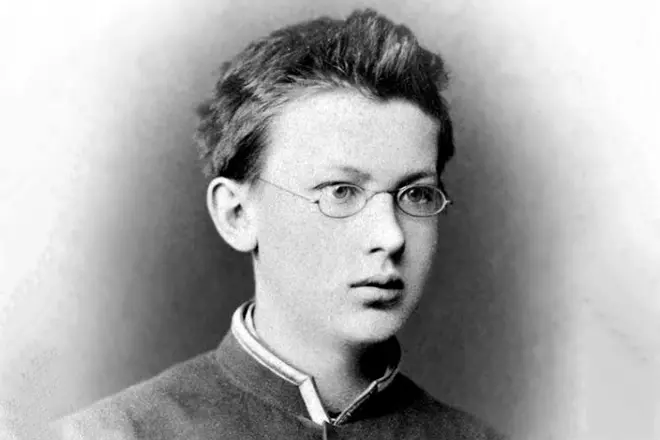
The education obtained by Vernadsky in St. Petersburg gymnasium was brilliant even for our time. This can be judged by the fact that the graduate could write and explicit in three languages, and read - for fifteen, including the publication of scientific papers and lectures abroad. In the gymnasium, Vladimir Ivanovich, the Aza of Philosophy and the history of religion, which became the first step towards his participation in the formation of the flow of Russian cosmism, the supporter of which Vernadsky was in adulthood.
Biology and other sciences
In 1881, Vernadsky entered the natural branch of the Fizman of St. Petersburg University. The teachers of the talented young man were Beketov, Mendeleev, Dokuchaev, Founder of the Summary School. Dokuchaev, as the head of the natural branch, which was studied and defended Vernadsky dissertation, offered his ward the position of the Keeper of the Cabinet of Mineralogy.
In 1888, a young scientist went to Europe to internship. Initially, he was practiced in crystallography in Munich, and then went to Paris, to the Mountain School of College de France. Two years later, on returning to his homeland, Vernadsky appointed the head of the Department of Mineralogy at Moscow University.
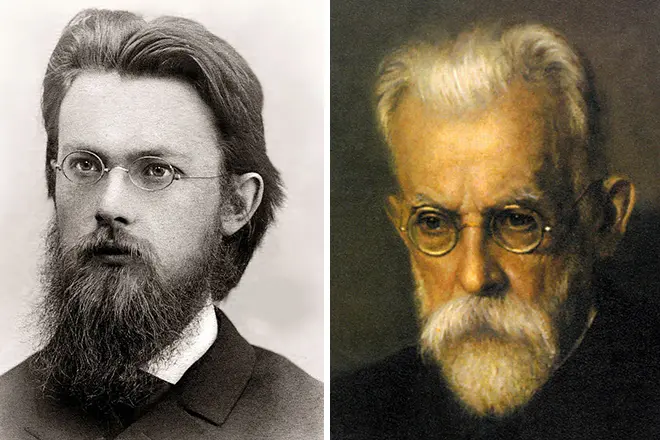
Vladimir Ivanovich worked as a teacher's posts of the teacher. In 1891, a young scientist defended his master's thesis, and in 1897 he was a doctoral dissertation and became a doctor and professor of mineralogy. During the break between the two dissertations, Vernadsky traveled a lot. With scientific expeditions, he traveled all of Russia, Europe, conducting geological surveys.
In 1909, at the XII Congress of Natural Resistors, Vladimir Ivanovich read the report on the joint finding of minerals in the earth's crust, having laid the foundations of the new science - geochemistry. During the years of teaching at Moscow University, Professor held a colossal work by changing the idea of mineralogy that existed until that time. The scientist separated mineralogy from crystallography, tied first science with mathematics and physics, and the second - with the chemistry of the earth's crust and geology.
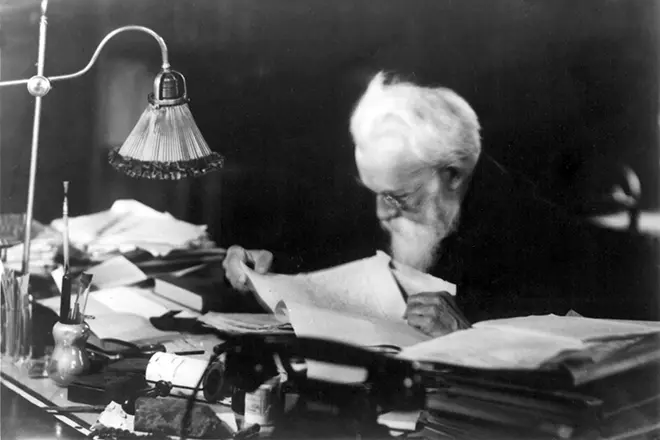
Simultaneously with innovative works in the field of mineralogy, the Vernadsky approached the discovery of geochemistry, and the study of life phenomena led him to the beginning of biogeochemistry. In the same period, this surprisingly versatile person was interested in the radioactivity of elements, the history of Russian science and philosophy, and was also involved in the politics and social life of the country at the highest level.
At the beginning of the 20th century, the scientist became an academician of the St. Petersburg Academy of Sciences, headed the mineralogical museum. The professor in 1909 founded the Radio Commission who headed the search for minerals, and himself participated in these expeditions, as evidenced by archival photos. In 1915, Vernadsky organized a commission (CEPS), whose main task was to study the country's raw material resources, including radioactive minerals.
At the beginning of the twentieth century, Vernadsky helped organize free dining rooms for the hunger of the peasants, participated in the work of Zemskiy congresses, was elected to the State Council of the Russian Parliament, and after the Ministry of Folk Enlightenment under the temporary government was headed.
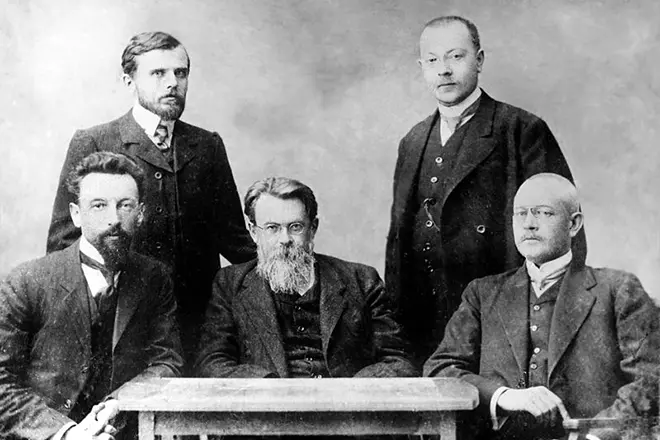
Until 1919, the professor consisted of the Cadet Party, adhered to liberal-democratic views. In this soil he had to leave Russia after the 1917 coup. In May 1918, Vernadsky moved to Ukraine to Ukraine, where he organized and became the first chairman of the Ukrainian Academy of Sciences, he taught geochemistry in the Tavriche University of Crimea.
In 1921, Vernadsky returned to Petrograd. Vladimir Ivanovich headed the meteor department of the Mineralogical Museum and organized an expedition to the place of falling the Tungusian meteorite. It seemed that life was improving, and the scientist will again be able to surrender to science. In the same year, Vernadsky was arrested and accused of espionage, but later released thanks to the friendly protection and support: the fellow students of Academician Carpinsky and Oldenburg sent the relevant telegrams with Lenin and Lunacharsky.
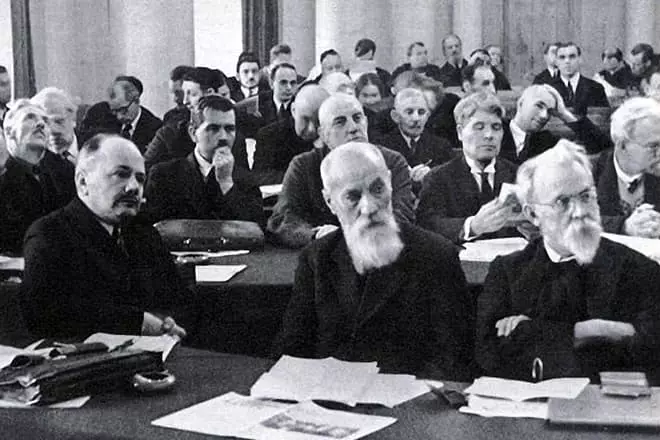
In the period from 1922 to 1926, Professor read lectures in France, at the University of Paris, and then in Prague. During this time, the academician managed to prepare publish books and articles:
- "Geochemistry";
- "Live substance in the biosphere";
- "Auto humanity."
In 1926, returning to Leningrad, the scientist became director of the Radio Institute, and in 1928 - a newly formed biogeochemical laboratory. In different years, Vernadsky headed the scientific communities involved in the studies of eternal freezes, groundwater, geological age of rock, heavy water. In 1940, the academician headed the Uranium Commission, in fact, becoming the founder of the nuclear program of the Soviet Union.
Noosphere
According to Vernadsky, the biosphere is a valid, self-developing and organized system. Its organization is due to migration of chemical elements provoked by the main source of life, the energy of the Sun. A single planetary environmental system consists of a biosphere in contact with other geogram.
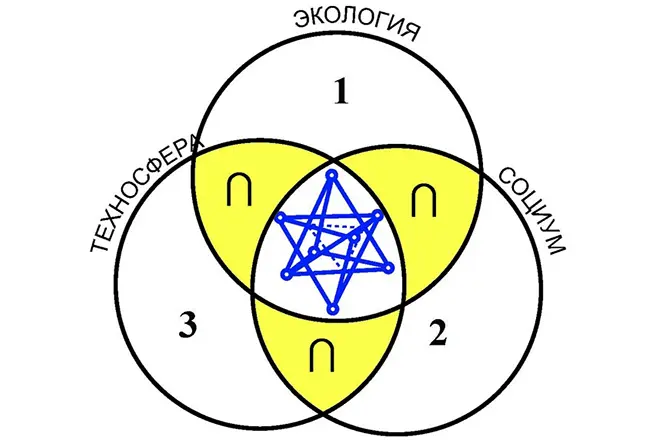
Gradually, the scientist came to the formulation and determination of the concept of noosphere, as a modified as a result of the human impact of the biosphere. Vernadsky believed in the joint intelligent actions of all mankind, directed not only to the satisfaction of their needs, but also to the creation of equilibrium and harmony in nature, the study and maintenance of Earth's ecology at the proper level.
The future of mankind saw a scientist in competently built public and state life, based on creativity and innovation. A person transforms the land, guided by the laws of the biosphere, and then all geospheres, organic world, outer space, combined and improved in the nosphere, will be included in the nosphere.
Personal life
In 1886, Vernadsky tied his life to a marriage with Natalia Egorovna Staritsky. The couple lived in the soul of fifty six years, right up to the death of Natalia Egorovna in 1943.
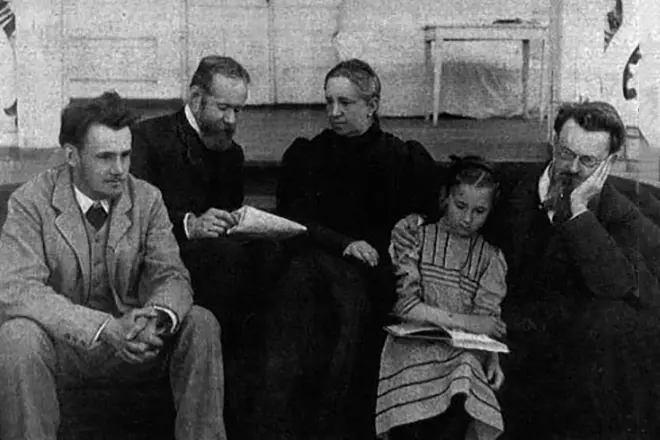
They had two children, afterwards those who died in emigration: George, who became a famous historian, and Nina, who worked as a psychiatrist.
Death
Vladimir Ivanovich's spouse died and buried in Kazakhstan, where the family lived during evacuation. The Vernadsky himself after the death of his wife returned to Moscow, where he died in January 1945 after a stroke.
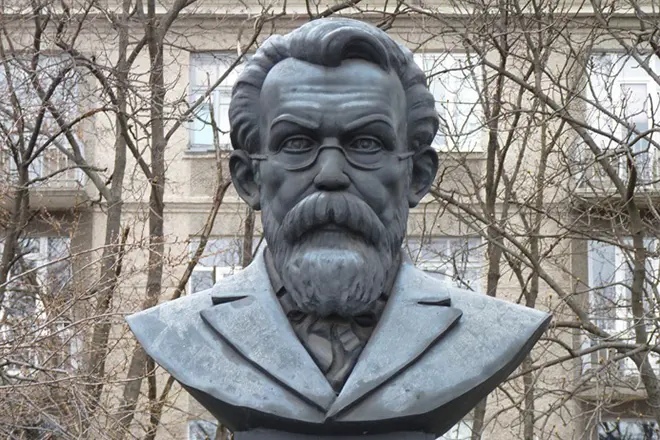
The biography of a scientist who made an invaluable contribution to the Russian, Soviet and world science is a bright testimony of its inexhaustible working capacity, traction to knowledge and multifaceted talent. What did Vernadsky opened? The scientist brought and formulated the laws of the geochemical activities of organisms in the biosphere, developed the doctrine of the biosphere and its further evolution in the nosphere.
Bibliography
Peru a scientist owns more than 700 scientific articles and works. In modern publications, you can find themselves with the following collections:
- Vernadsky, V.I. Collected Works: in 24 tons (2013);
- Vernadsky, V. I. Philosophical thoughts of Naturulist (1988);
- Vernadsky, V.I. Scientific thought as a planetary phenomenon (1991);
- Vernadsky, V.I. Biosphere and Noosphere. (2012);
- Vernadsky, V.I. On science. Volume 1. Scientific knowledge. Scientific creativity. Scientific thought. (1997).
